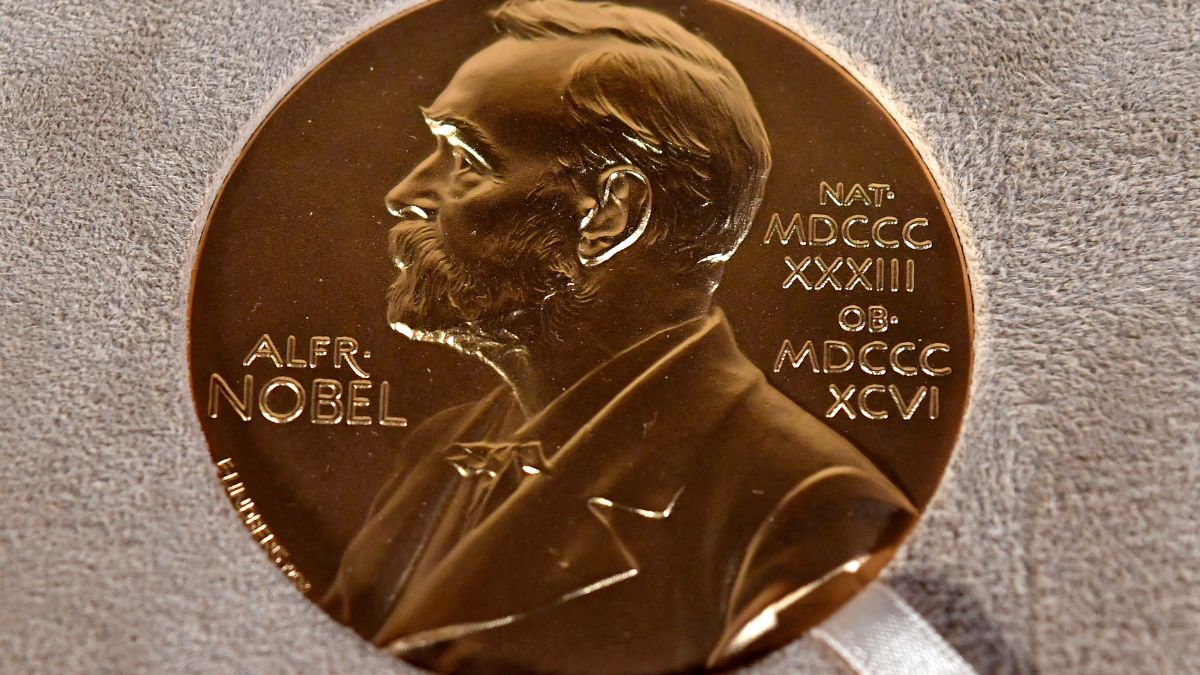It’s October and it is time for the distinguished Nobel Prizes. The Prize came into existence in 1901 after Swedish businessman and chemist Alfred Nobel introduced the idea.
The prize money for this year’s awards amounted to 11 million kronor ($$106,0711). Laureates also receive an 18-carat gold medal and diploma during the award ceremonies in December, as per Economic Times.
Let us take a closer look at the Nobel Prize.
Detained Nobel Prize awardees
Until now, five Nobel Peace Prize laureates could not attend the ceremony as they were in prison at the time. These include German journalist and pacifist Carl von Ossietzky who was detained in a Nazi concentration camp in 1936.
Myanmar opposition leader Aung San Suu Kyi was under house arrest when she won the prize in 1991. Permitted by the junta to travel, she declined due to fears of potentially not being able to return to her country.
In 2010, Chinese dissident Liu Xiaobo was in prison. His chair remained empty, where the prize was placed. In 2022, Belarusian human rights campaigner Ales Bialiatski was in jail. He was represented by his wife Natalia Pinchuk. Last year, Iranian activist Narges Mohammadi had to celebrate her Nobel Prize from her cell in Iran’s Evin prison.
All ages are honoured
Malala Yousafzai, a human rights activist who demanded the right to education for young girls in the SWAT region of Pakistan, was shot at by the Pakistani Taliban. Yousafzai became the youngest winner of a Nobel Prize at the age of 17.
Another unusually young laureate was Australia’s Lawrence Bragg who won the Nobel Prize in Physics jointly with his father in 1915 at the age of 25, for work carried out at the age of 21. Iraqi Nadia Murad was also awarded the Nobel Peace Prize at the age of 25 in 2018 for her efforts on behalf of the Yazidi minority.
In contrast, American John Goodenough was the oldest to become a Nobel laureate when he won the prize in Chemistry in 2019, at the age of 97, for his work on the lithium-ion batteries that power smartphones and electric cars. The year before, his compatriot Arthur Ashkin was awarded the Nobel Prize in Physics at the age of 96.
Even the dead are recognised
Since 1974, the Nobel Foundation stipulates that the prize may not be given posthumously. But a person may be awarded if they die between the time of the announcement in October and the formal prize ceremony in December.
Before the change, only two people had won a Nobel posthumously. One was Dag Hammarskjold, the Swedish secretary-general of the United Nations who died in a plane crash in 1961 but was awarded the Nobel Peace Prize later the same year.
And in 1931, the Nobel Literature Prize was awarded posthumously to another Swede, poet Erik Axel Karlfeldt. In 2011, the Prize in Physiology or Medicine committee selected Ralph Steinman of Canada, unaware that he had passed away just three days before the announcement. Nevertheless, the foundation decided to give him the award.
300 nominations per year
Every year, the Swedish Academy – which awards the Prize in Literature – receives about 300 written nominations from former prize-winners, academics, organisations and other professors from the literary and linguistic world.
Each submission highlights the strengths of its proposed author and in a few instances slips in a gift for the jury – though their inclusion is often considered poor taste. It is not possible to nominate oneself for the prize and to be valid, nominations must be renewed every year and received by January 31. Candidates must also still be alive.
With inputs from AFP
)